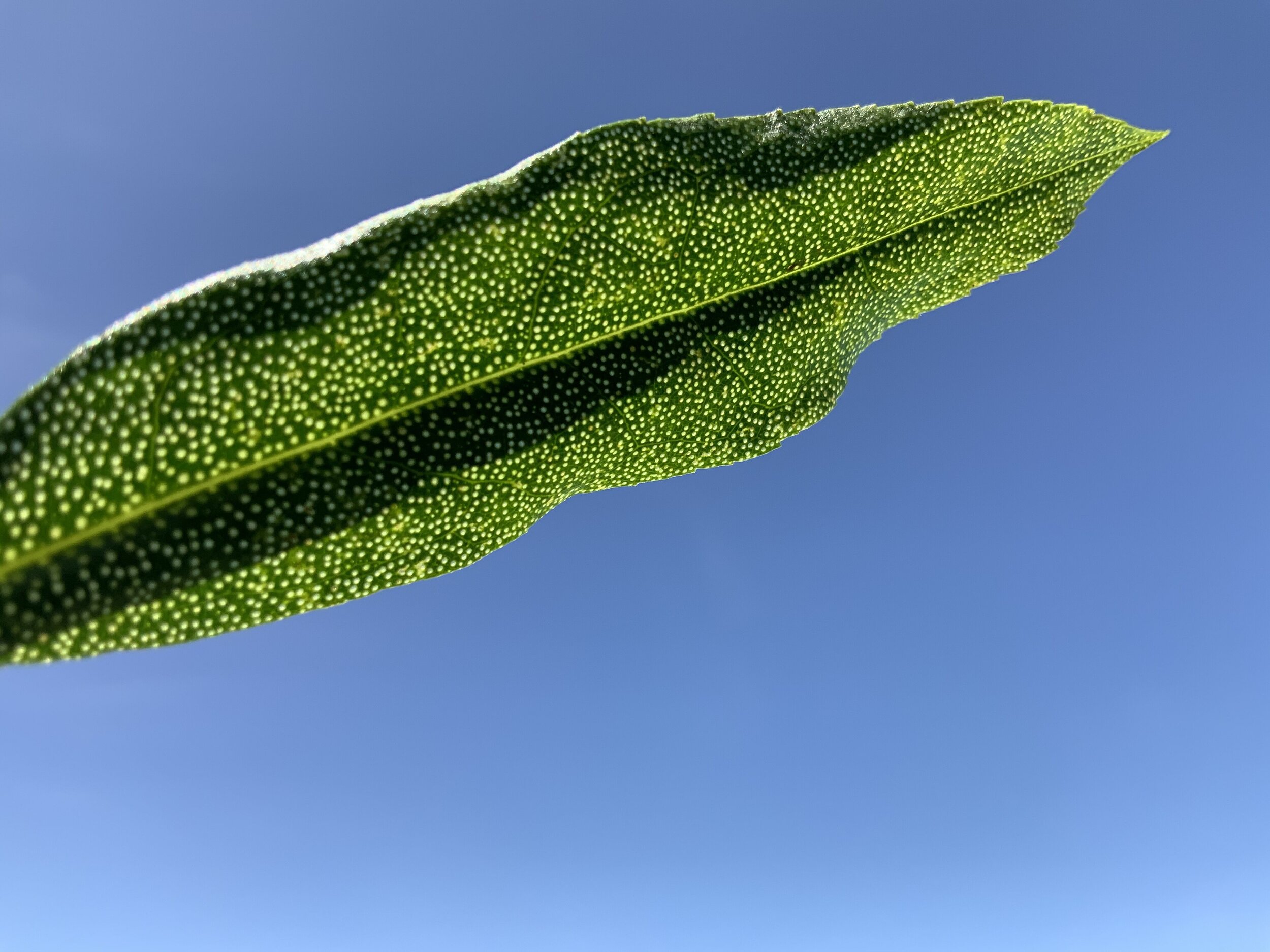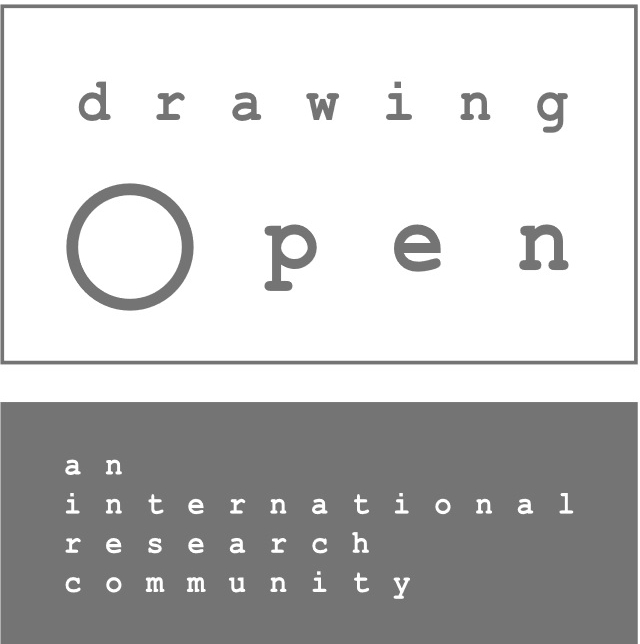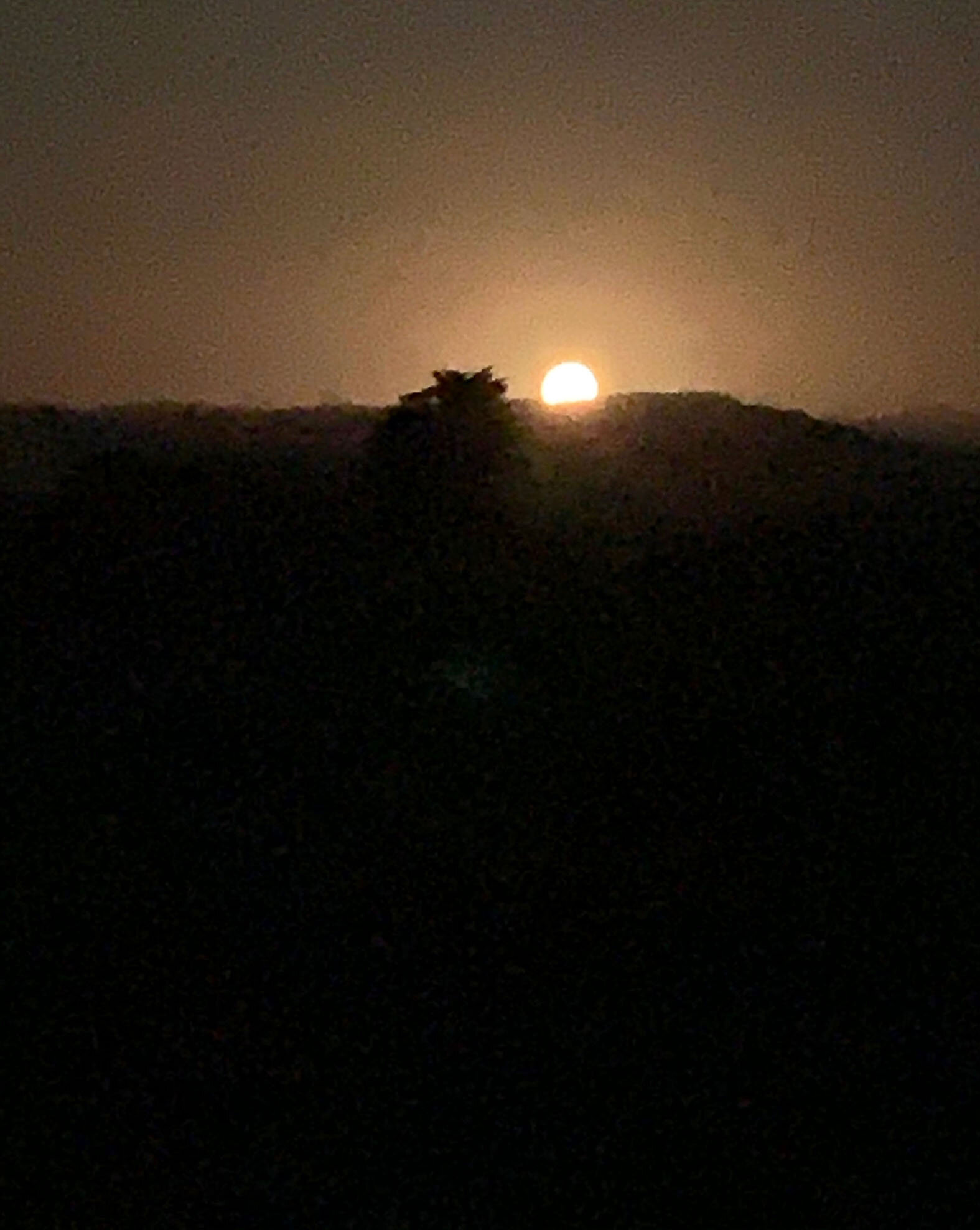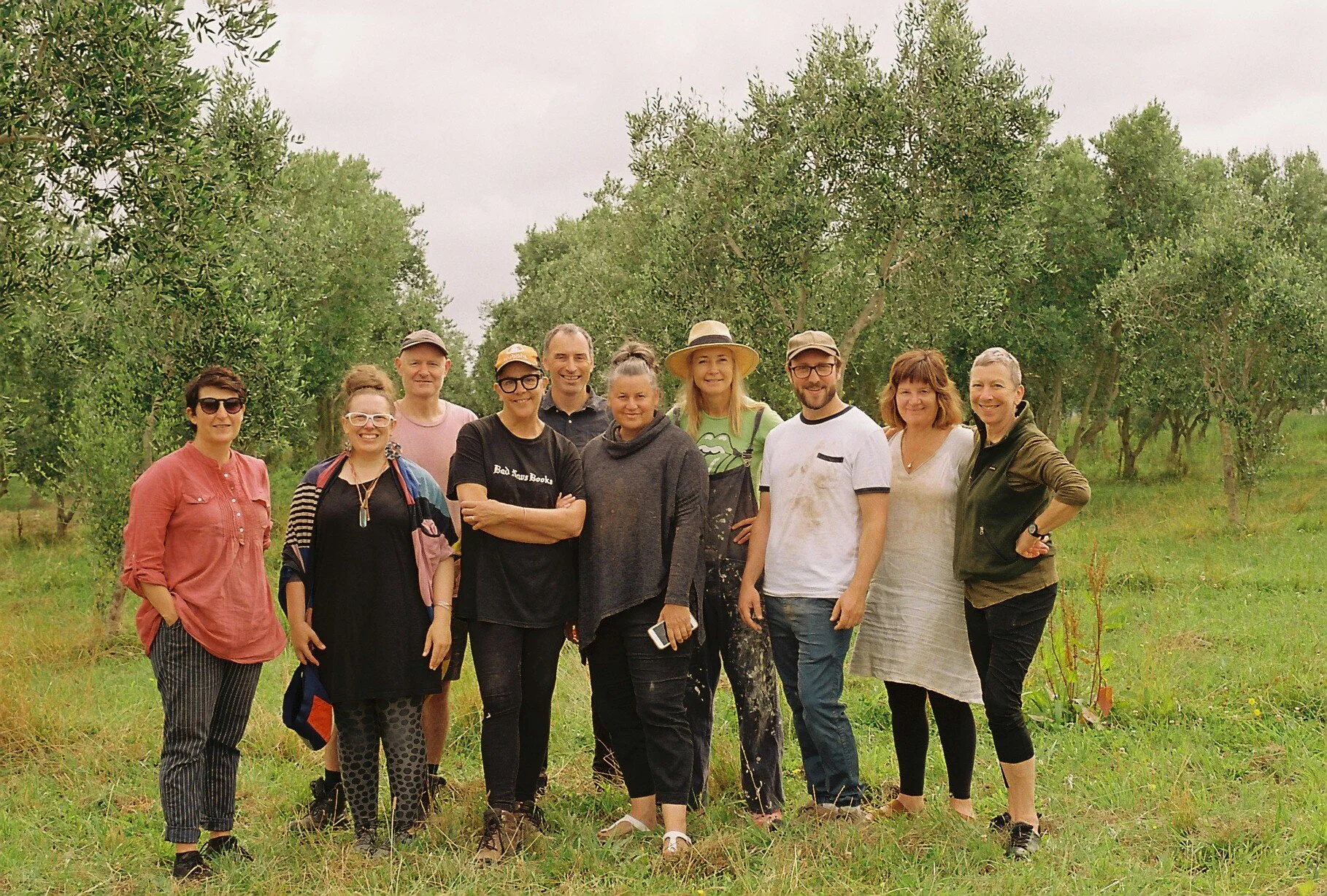
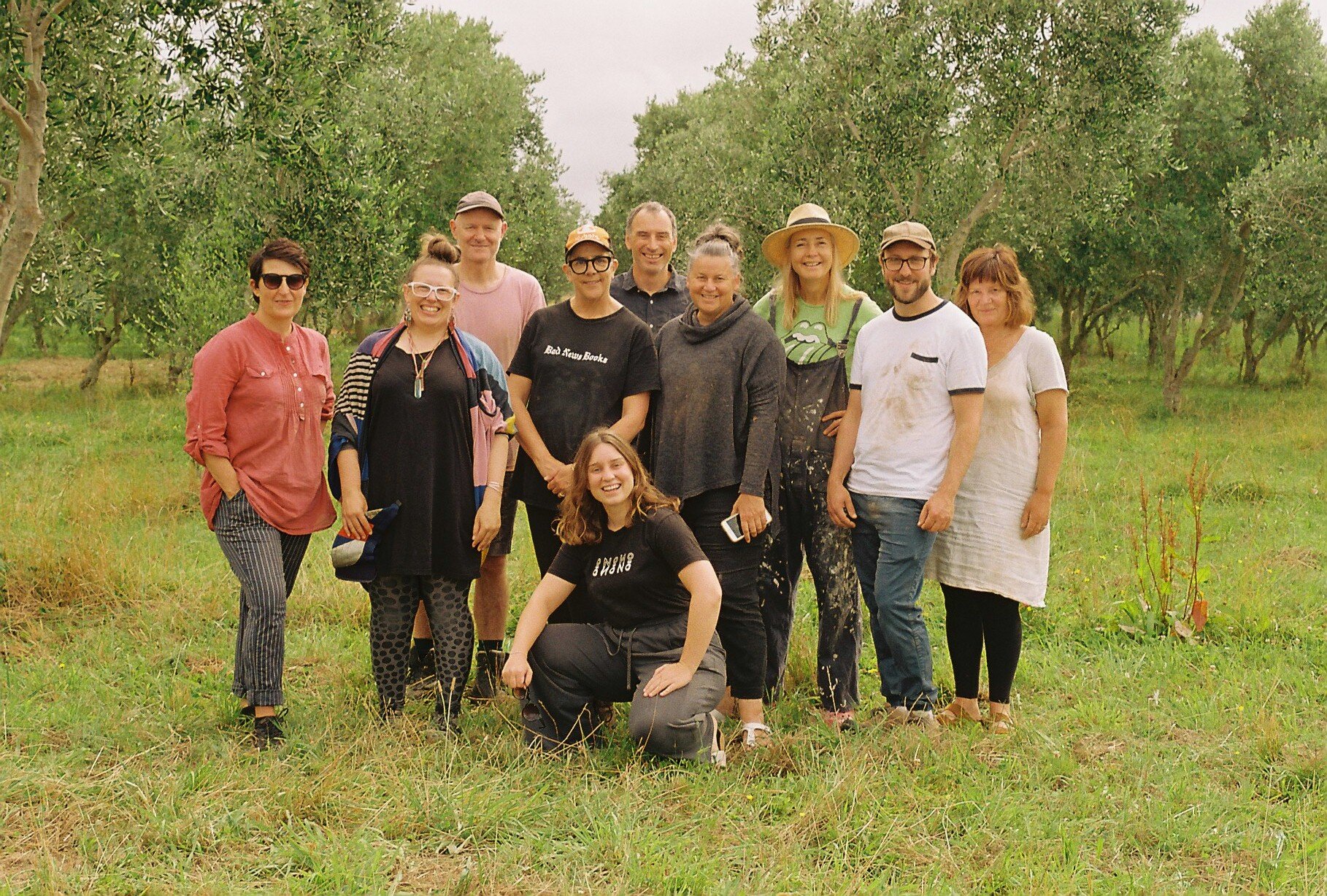
For 2020, Huhana Smith as part of her role within the Kei Uta Collective (as both hapū/iwi member and Massey staff) convened a third contemporary art/design/photography/digital media wānanga, which brought many of the original Te Waithui ā Nuku: Drawing Ecologies group (February 2019) together with an expanded group of contemporary artists, for example Rachael Rakena, Mike Bridgeman, Tama Kirikiri, Ann Shelton, Gabby O’Connor and Mark Harvey. The artistic responses all contribute to planning for climate change impacts on Māori coastal ecosystems and economies in Horowhenua to Kāpiti. Each person is responding to our developing and enhanced environmental research findings around water health too.
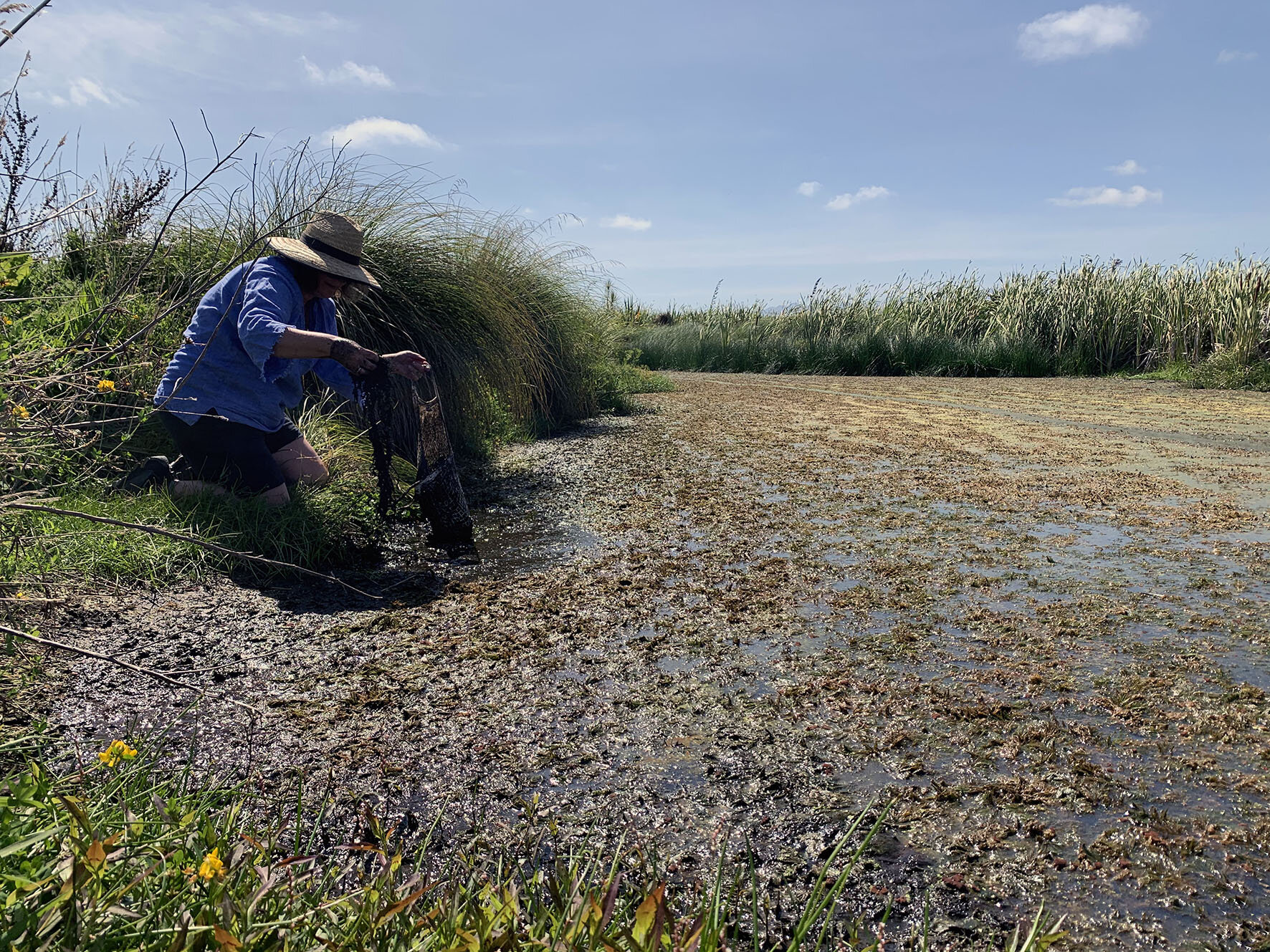
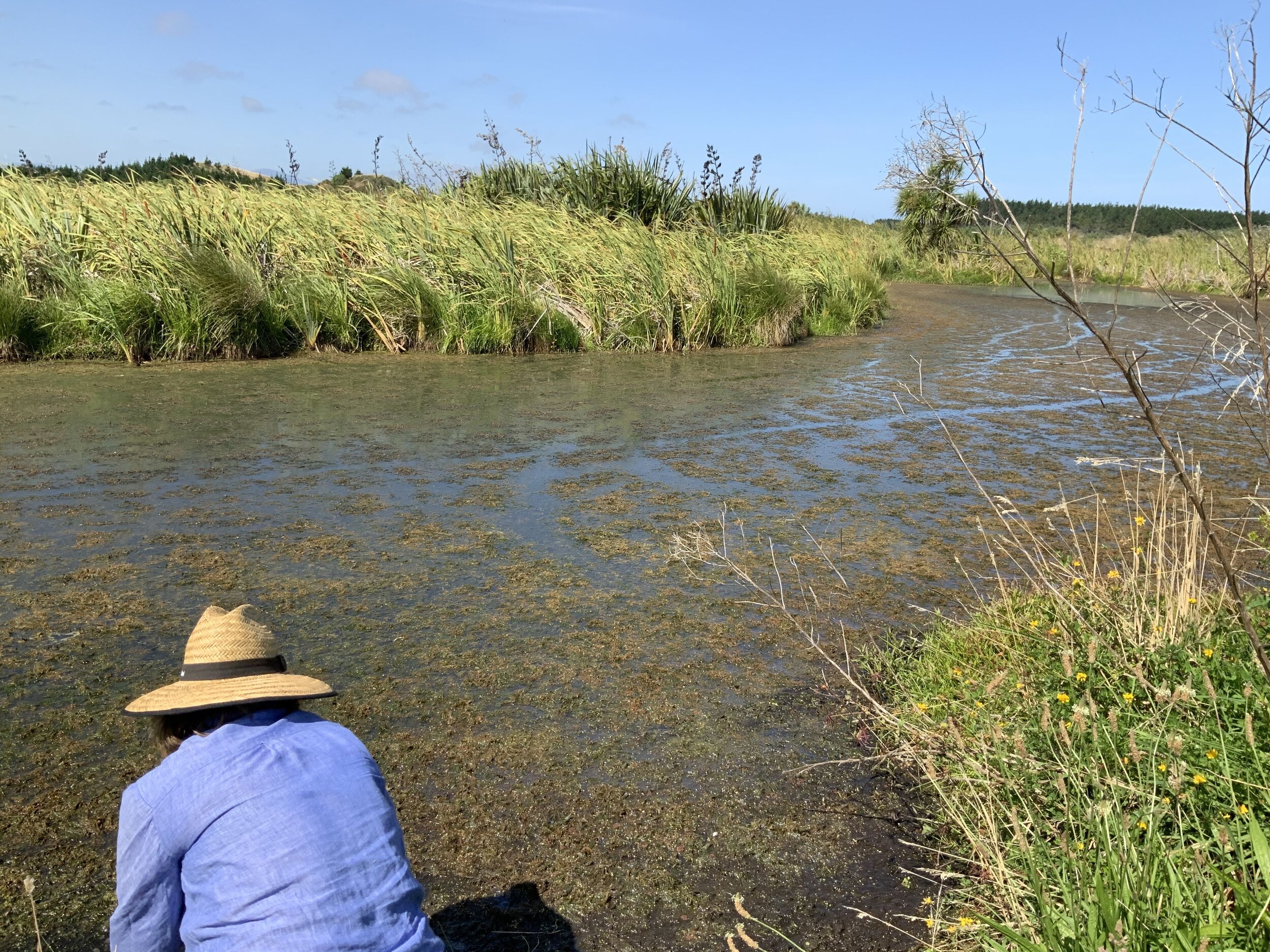
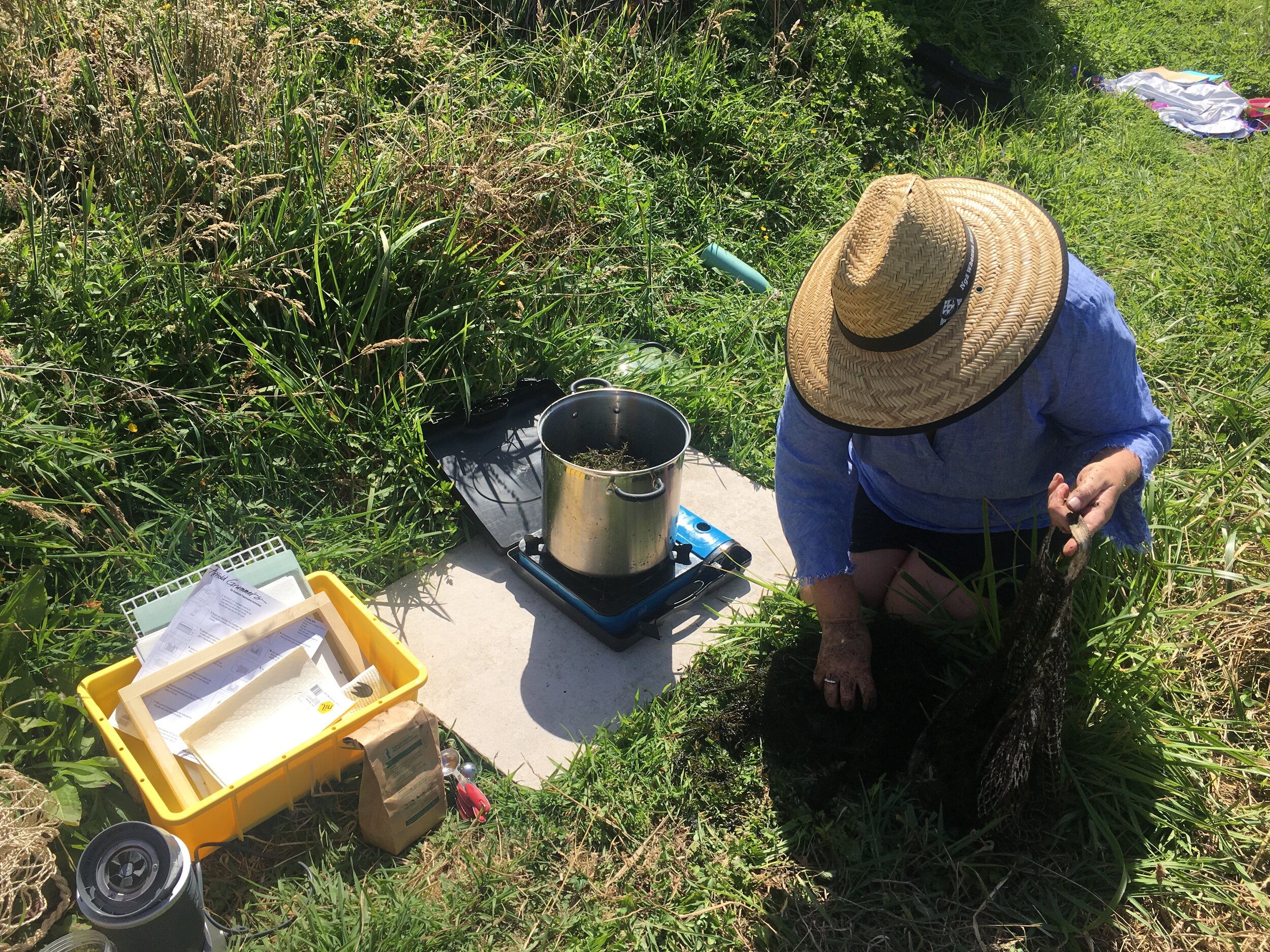
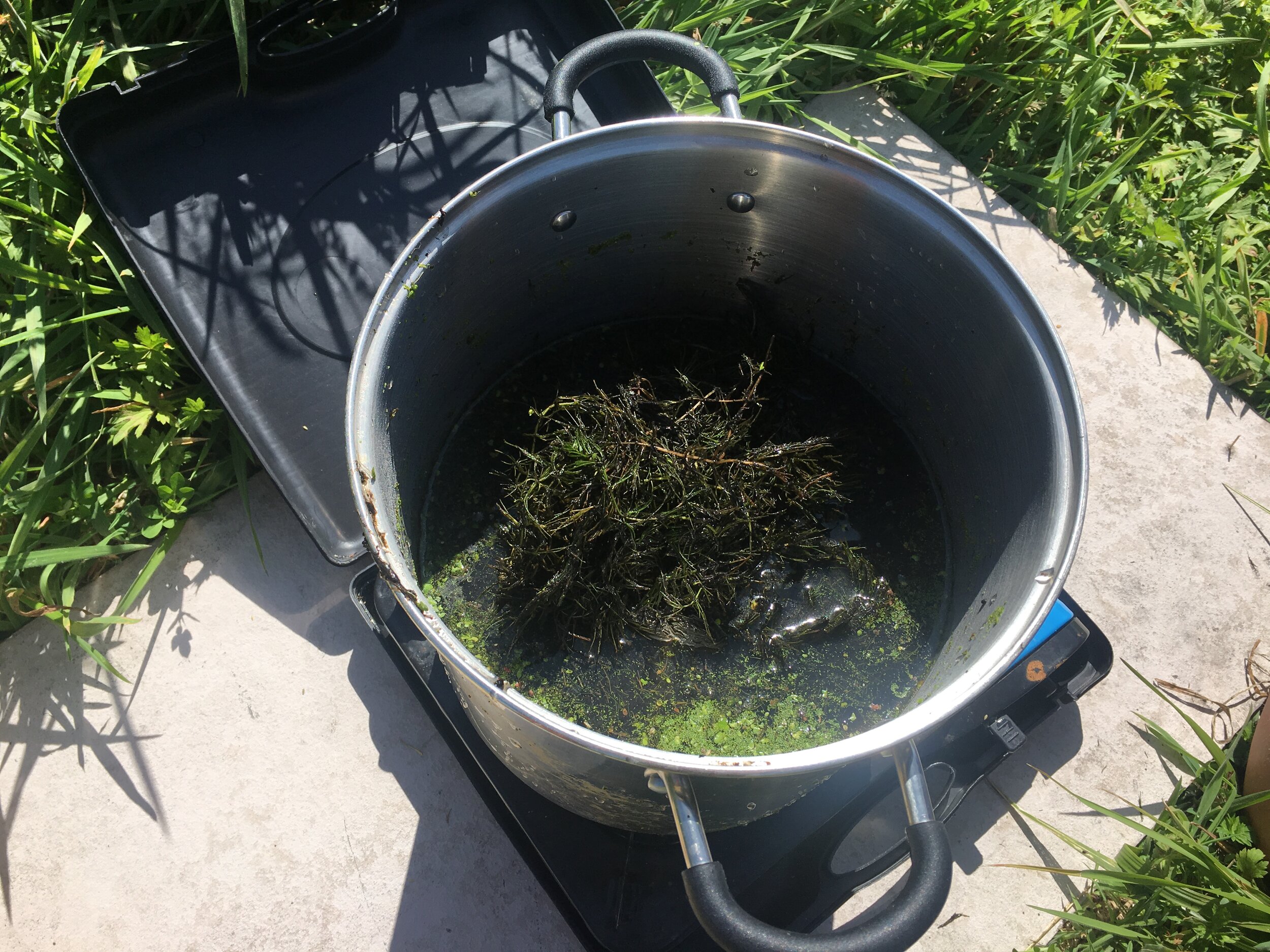
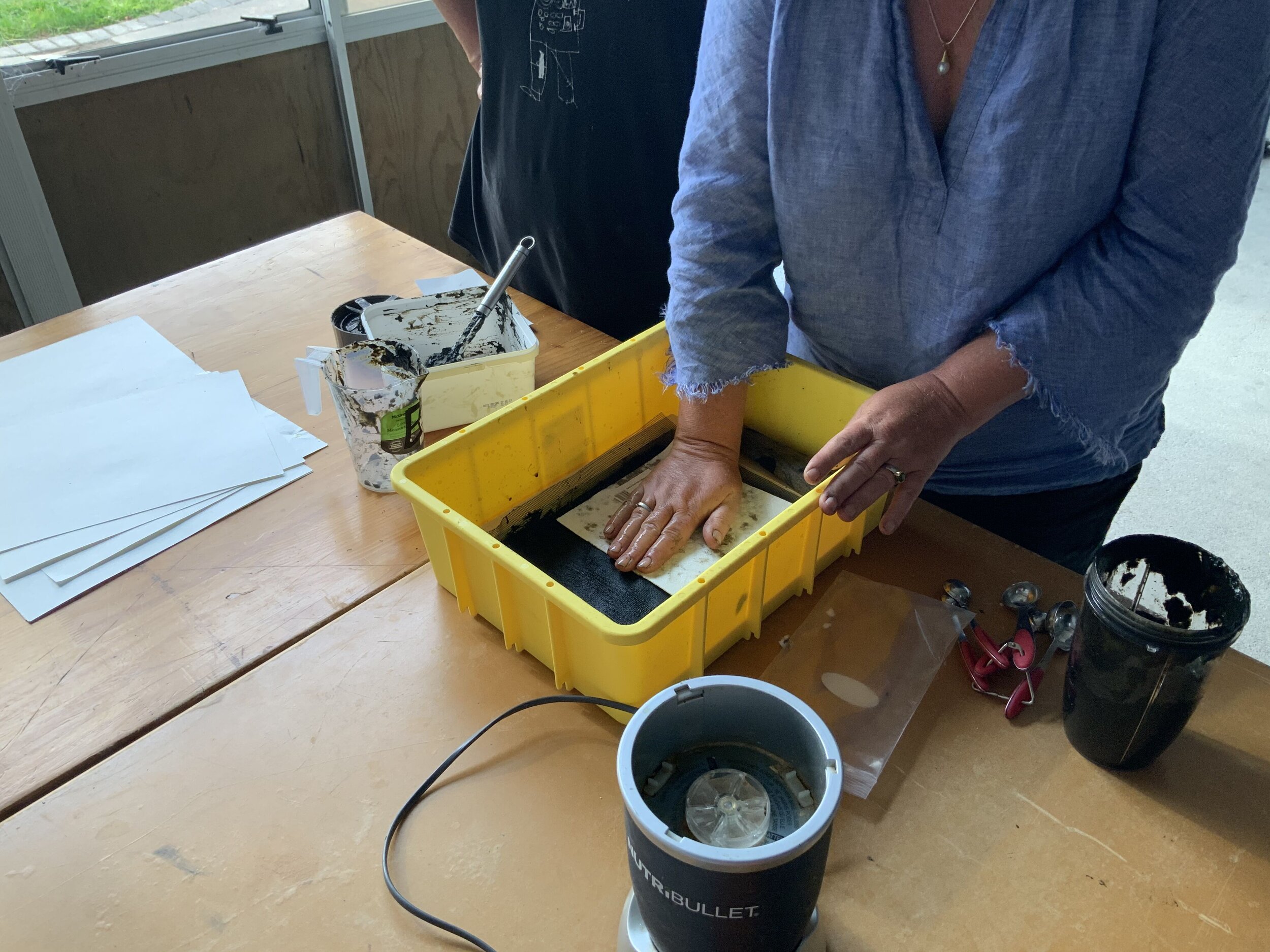
The third wānanga was again based on Kaupapa Māori (a holistic Māori methodological approach to research). This art project of indigenous and non-indigenous artists, worked cross-culturally alongside iwi (tribe), hapū (kinship group) and climate change research findings to better understand how Māori communities are affected by climate change from their cultural, social, political, economic and ecological context. This group are now responding to the experience of place at sites along the Horowhenua coastline. The key kaupapa was to share our latest climate change research plans and to have some uninterrupted research time to draw, mediate and develop the ideas and projects for exhibition in 2021 (details TBC). By engaging holistically again with Māori coastal communities and their ecosystems, the participating artists are generating questions through artworks, both abstract and real.
![Artists moving rocks in the olive orchard. As part of Mark Harvey's performance piece 'Whakahoki' [working title]](https://images.squarespace-cdn.com/content/v1/5934b7c86b8f5beeb5b8d889/1583623366121-MOK6VEL7YI29JASPKC6Z/000018+copy.JPG)
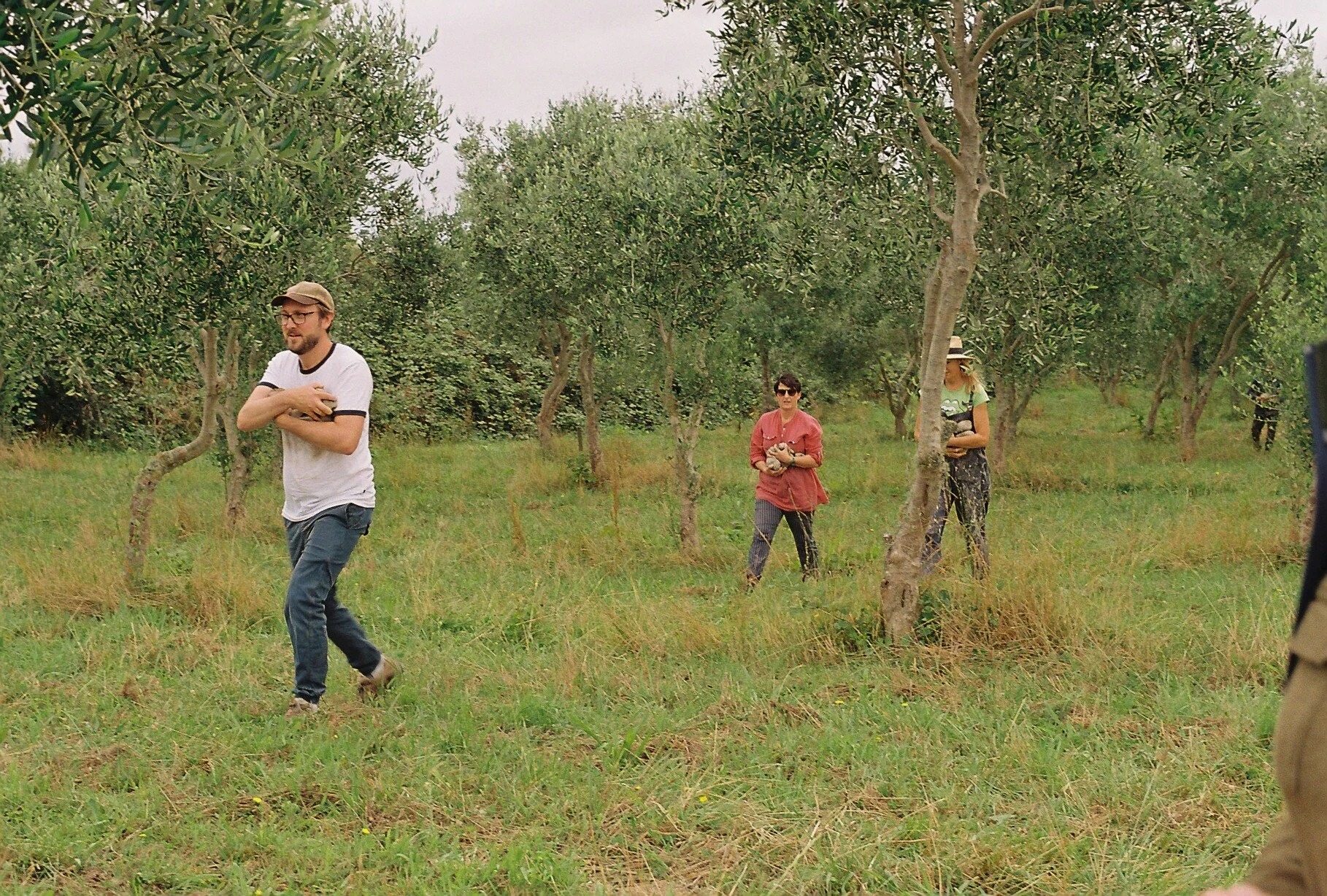

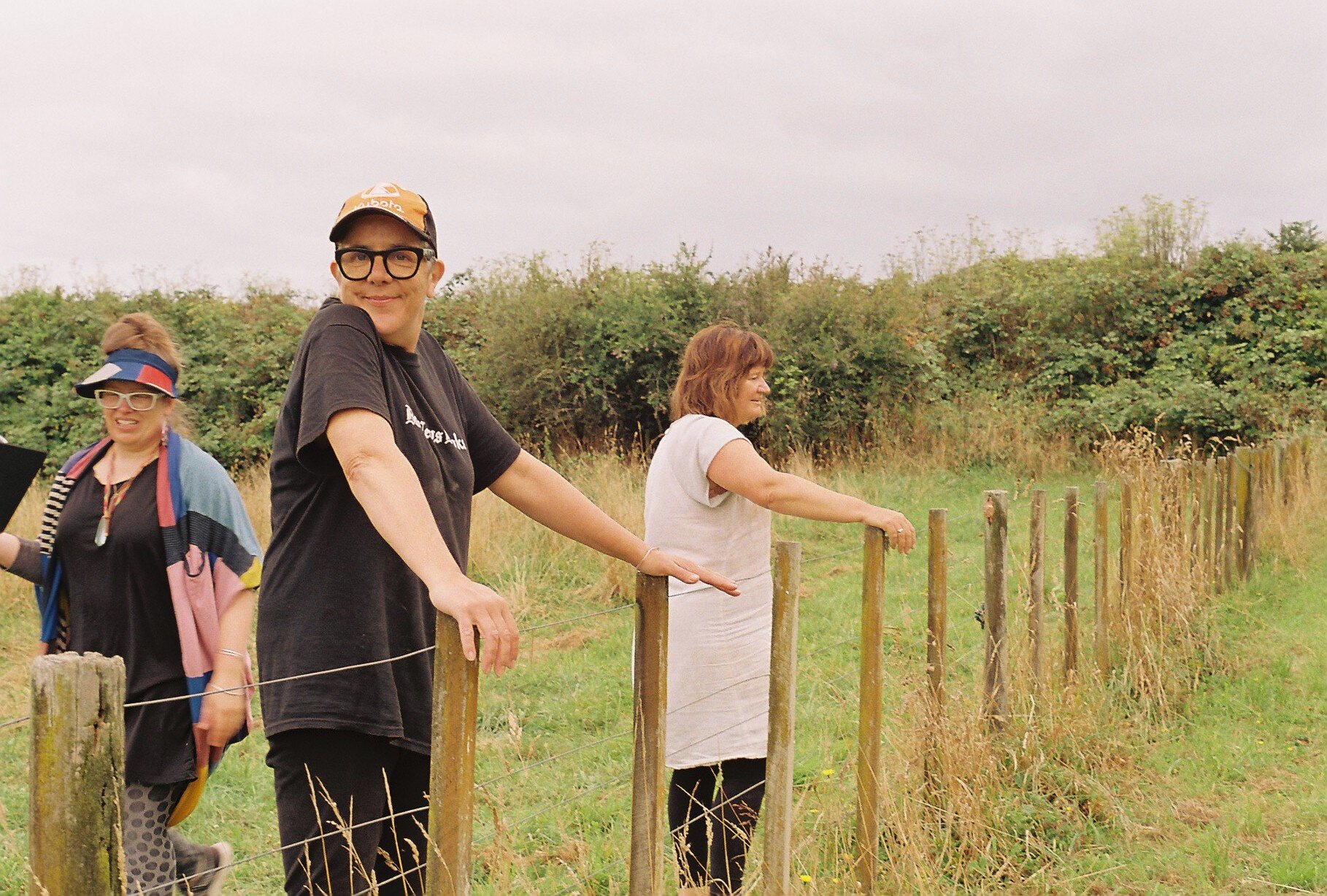

The project’s ongoing kaupapa (purpose) is about expanding collective learning, the making and sharing of knowledge and sharing these experiences with students. For the third wānanga we continued the cross-cultural dialogue and collective experiences, which remains the core of the creative processes that are driving the artworks. They are already becoming lateral investigations, explications, inventions, propositions, imaginings, reflections, drawings and mappings.

